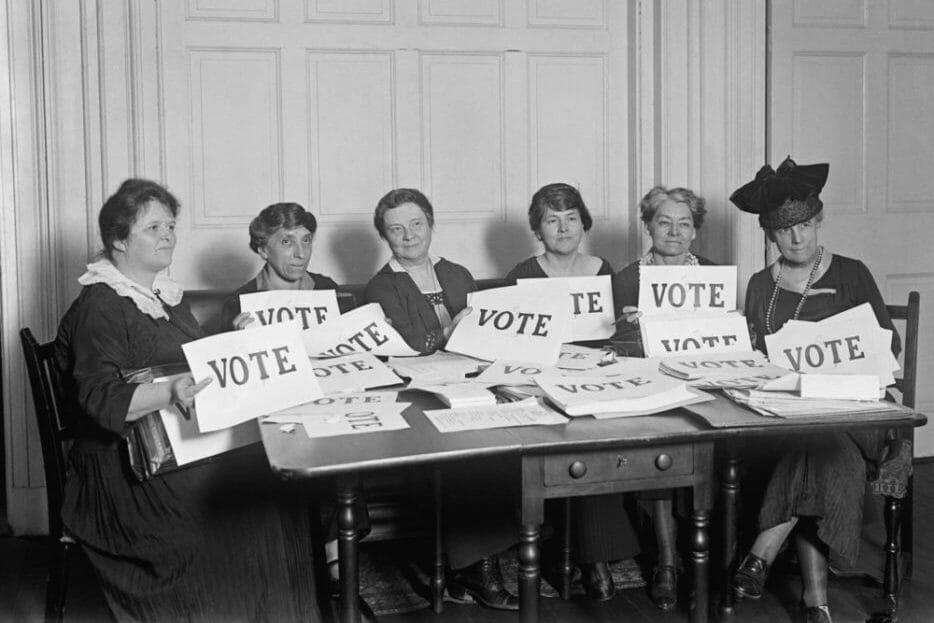
An Intersectional Look at Gender Equality
AUG 03, 2020
This August marks the 100-year anniversary of the passage of the 19th amendment to the U.S. constitution—a hard-fought win which states one’s right to vote cannot be “denied or abridged by the United States or by any State on account of sex.”
Yes, August 18, 1919 is a monumental date in the historical movement toward gender equity, but it did not impact all women equally. The 19th amendment removed a single barrier—a person’s sex. The 19th amendment allowed white women to vote. Huge barriers persisted for non-white women including Jim Crow poll taxes and citizenship restrictions for Asian residents.
Removing barriers is not the same as actively promoting equality or fostering a truly inclusive culture and workplace. It takes more than a single act, it takes commitment. And this is where business leaders need to be.
Pam Jeffords at PWC eloquently reminds us that a win for women is not an equal win for all women. This complicated truth underlies the importance of recognizing a person’s intersectional identity beyond rules and regulations, but where equity is actually realized—in our culture.
As a champion for Diversity, Equity, and Inclusion (DEI), we are honored to work with companies to foster safe and inclusive workspaces, and we take the responsibility very seriously.
Many business leaders we speak with recognize the need for a more inclusive culture, but are uncertain how to begin to build this critical—yet intangible—foundation that supports everyone on their team. The first step any company can take toward fostering a truly inclusive atmosphere is to understand intersectionality. This piece from The New York Times provides an insightful introduction.
As we celebrate the centennial of the 19th Amendment, let’s work together to keep removing barriers to real equality for all.